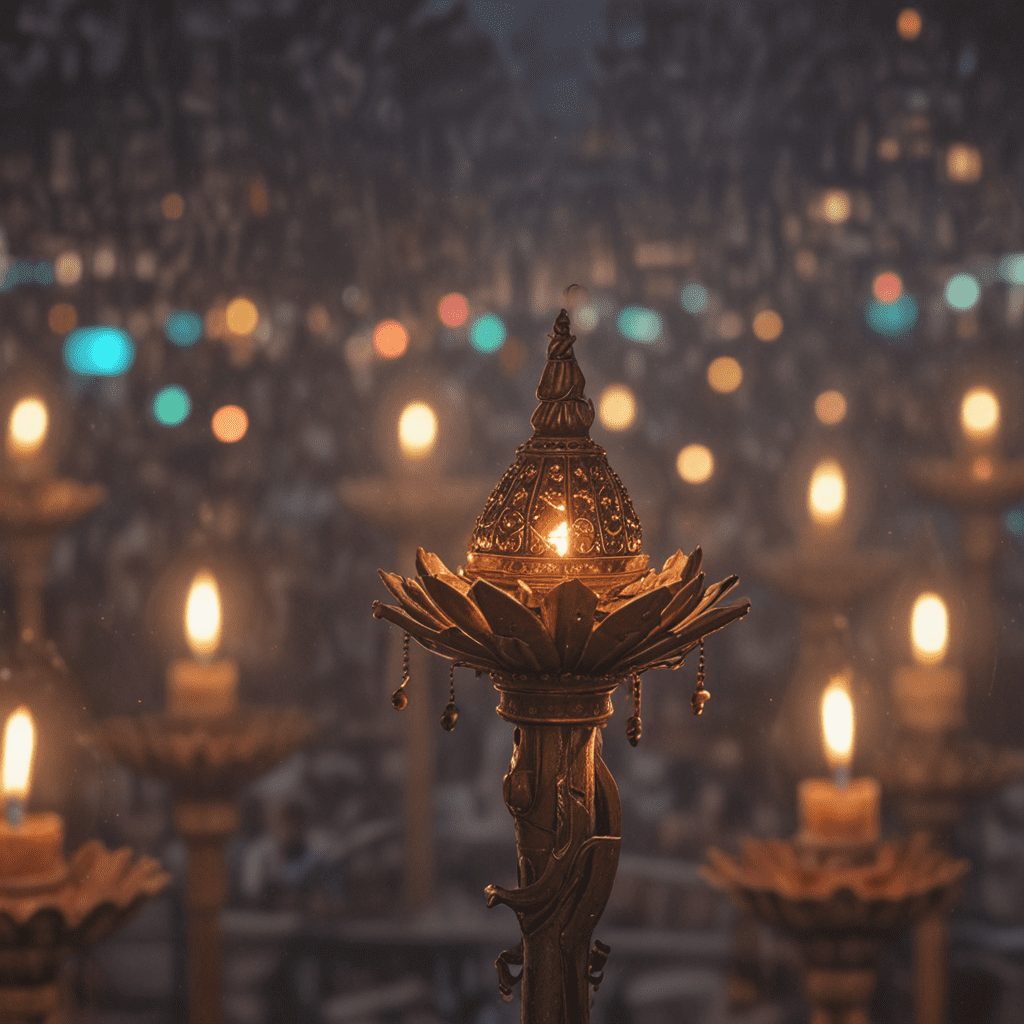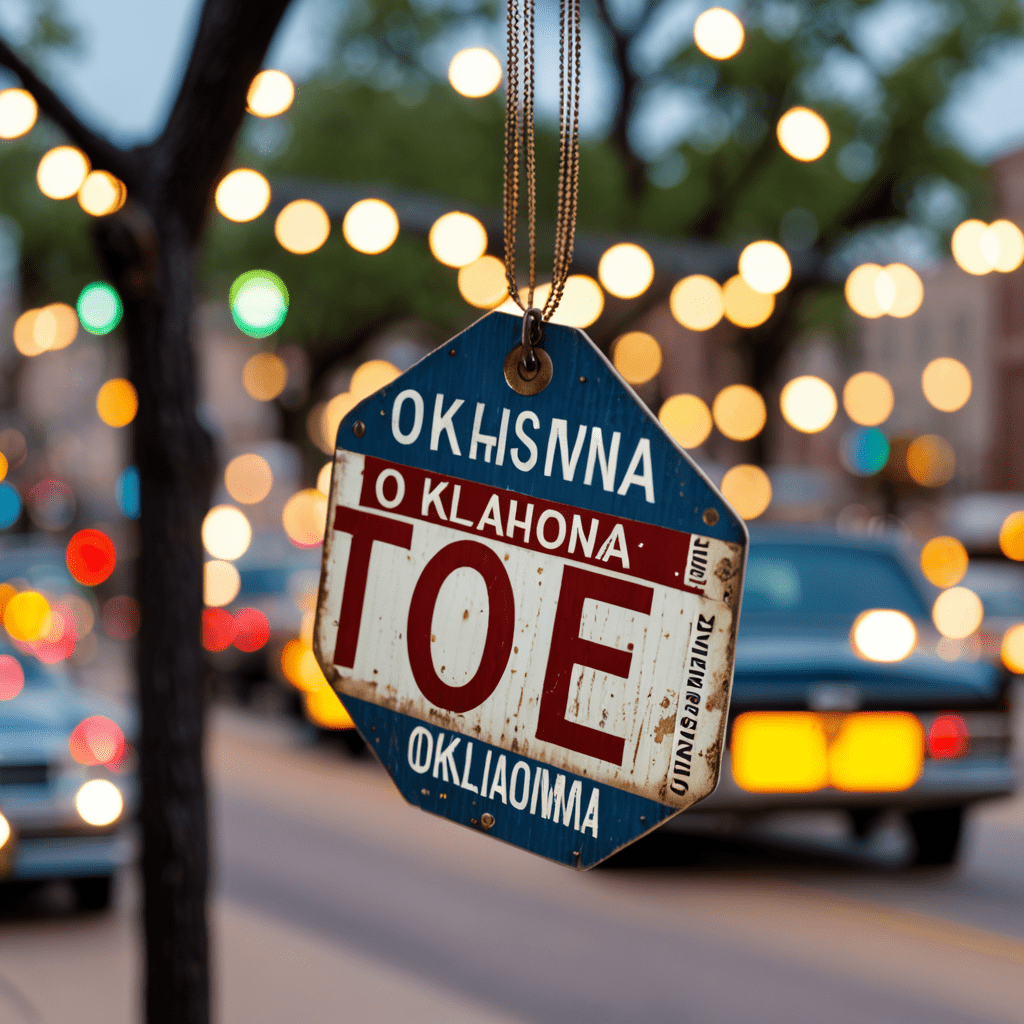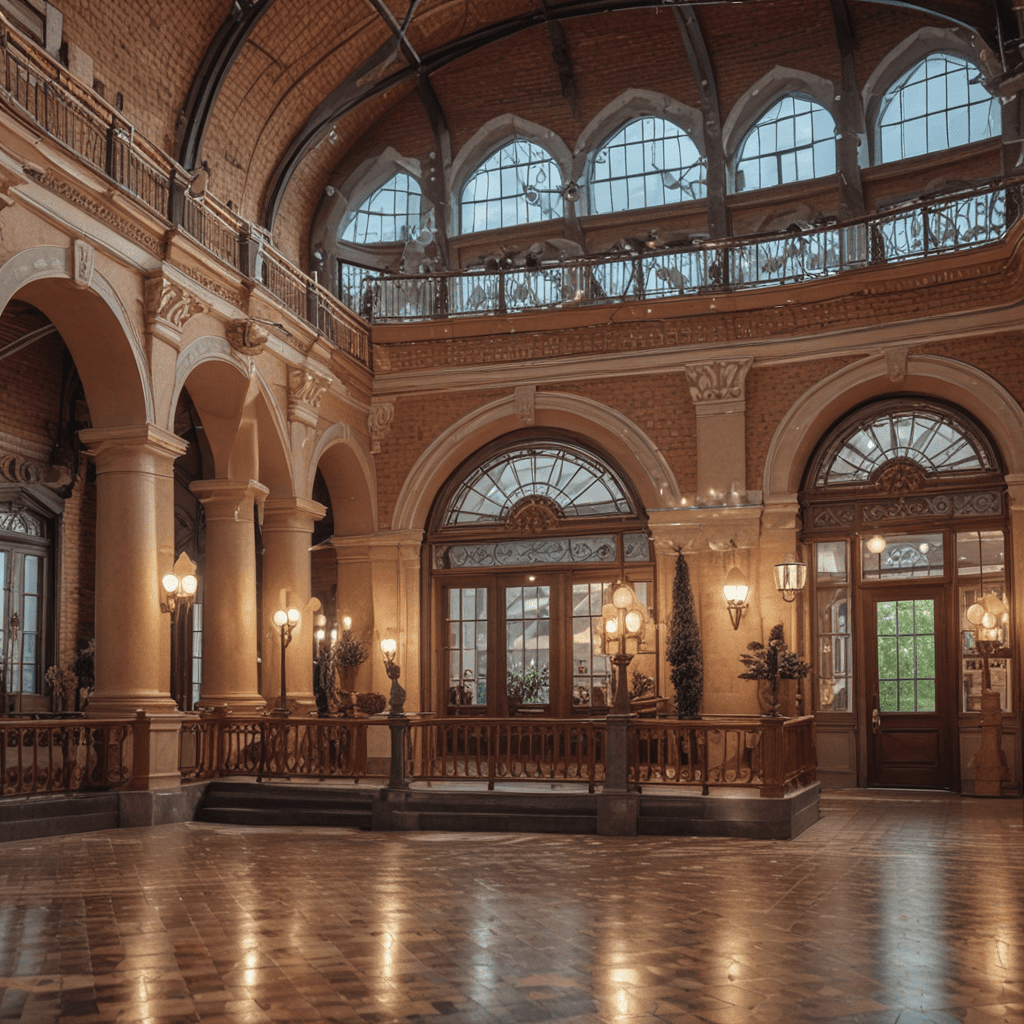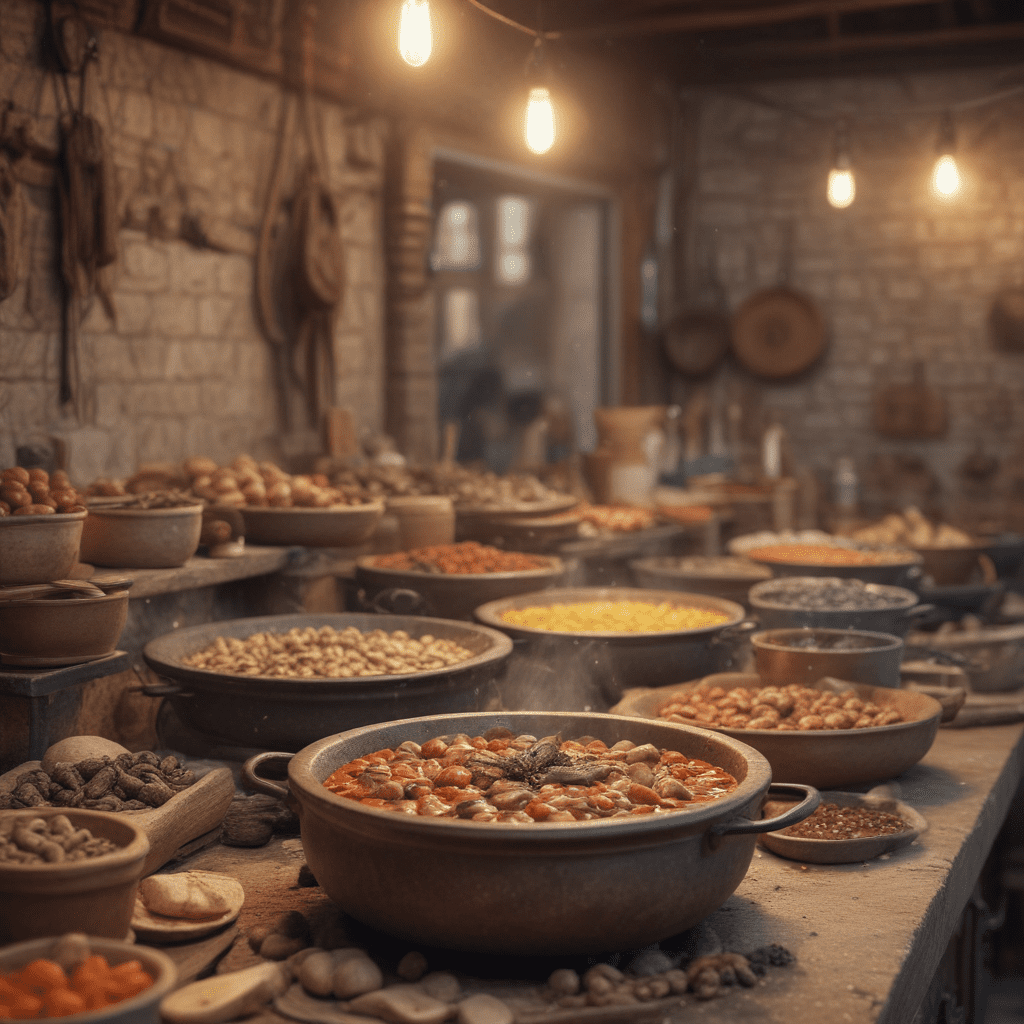
Introduction
Bangladesh, a predominantly Muslim nation, holds a rich tapestry of religious beliefs and practices. Amidst the Islamic fervor, Hinduism has played a significant role in shaping the cultural, social, and spiritual landscape of the region. From its historical roots to contemporary influences, Hinduism continues to leave an enduring mark on the fabric of Bangladeshi society.
Historical Roots of Hinduism in Bangladesh
Hinduism arrived in Bangladesh thousands of years ago, brought by traders, merchants, and missionaries. By the 10th century, the Pala Empire patronized Hinduism, leading to the construction of notable temples and monasteries. The region was also influenced by the Bhakti movement, a devotional reform movement within Hinduism that emphasized personal devotion to deities. Over time, Hinduism became deeply interwoven into the fabric of Bangladeshi society, leaving an imprint on language, art, and everyday practices.
Prevalence of Hinduism Today
Today, Hinduism is the second-largest religion in Bangladesh, with a significant population of devout followers. The Hindu community primarily resides in the southern and eastern districts of the country, where they constitute a substantial presence. The government of Bangladesh officially recognizes Hinduism as a major religion and provides protection for religious practices and rights. Religious festivals, such as Durga Puja and Kali Puja, are celebrated with great enthusiasm and participation.
Socio-Cultural Practices
Hinduism has profoundly influenced the social and cultural fabric of Bangladesh. The concept of dharma, righteous conduct and duty, guides the moral and ethical values of many Hindus. The caste system, a social stratification based on birth, has also played a role in Bangladeshi society, although its significance has diminished over time. Hinduism is intricately connected to many aspects of daily life, from festivals and rituals to food and clothing.
Festivals and Religious Ceremonies
Hinduism in Bangladesh is vibrant with festivals and religious ceremonies that celebrate the divine. Durga Puja, a ten-day celebration in honor of Goddess Durga, is the most significant festival for the Hindu community. Other important festivals include Kali Puja, Lakshmi Puja, and Saraswati Puja, each dedicated to a specific deity and celebrated with rituals, prayers, and colorful processions. These festivals play a vital role in preserving Hindu traditions and fostering communal bonds.
Caste System and Social Hierarchy
The caste system, a social stratification based on birth, has been a part of Hindu society in Bangladesh. Traditionally, it divided individuals into four main castes: Brahmins (priests), Kshatriyas (warriors), Vaishyas (merchants), and Shudras (laborers). While the caste system has become less rigid over time, some remnants of it remain, influencing social interactions and marriage practices.
Influence on Art and Architecture
Hinduism has had a profound impact on the art and architecture of Bangladesh. The construction of ornate temples, such as the Dhakeshwari Temple in Dhaka, showcases the influence of Hindu architectural styles. Traditional Hindu motifs, like lotus flowers and geometric patterns, are prevalent in textiles, paintings, and other forms of art. The aesthetic influence of Hinduism enriches the cultural heritage of Bangladesh.
Contribution to Bengali Literature and Music
Hinduism has significantly contributed to Bengali literature and music. The works of prominent Hindu poets, such as Rabindranath Tagore and Jibanananda Das, reflect the spiritual and philosophical essence of Hinduism. These literary masterpieces have left an indelible mark on Bengali literature and continue to inspire generations of readers. Hindu devotional songs, known as bhajans and kirtans, hold a special place in Bengali music, contributing to its rich melodic tapestry.
Modern Challenges and Developments
In contemporary Bangladesh, Hinduism faces certain challenges and developments. The rise of religious nationalism and communal tensions has occasionally led to incidents of discrimination against the Hindu minority. However, the government has taken steps to promote religious harmony and protect the rights of all citizens. Hinduism continues to adapt and evolve in Bangladesh, with the establishment of new temples, organizations, and educational institutions dedicated to preserving and promoting its traditions.
FAQs
Q: What is the primary belief system of Hinduism in Bangladesh?
A: Hinduism in Bangladesh encompasses the belief in multiple gods and goddesses, the sanctity of the Vedas, the concept of reincarnation, and the pursuit of dharma.
Q: How does Hinduism influence daily life in Bangladesh?
A: Hinduism shapes many aspects of daily life, including festivals, rituals, food habits, and social customs. It also influences ethical values and provides a framework for personal and spiritual growth.
Q: What are the major temples and pilgrimage sites for Hindus in Bangladesh?
A: Prominent temples in Bangladesh include the Dhakeshwari Temple, Kantaji Temple, and Puthia Temple. Significant pilgrimage sites include Gangasagar, Bagerhat, and Paharpur.
Q: How has Hinduism contributed to the cultural heritage of Bangladesh?
A: Hinduism has enriched Bangladesh's cultural heritage through its influence on art, architecture, literature, and music. Hindu motifs, aesthetics, and philosophical concepts have infused Bengali culture with a rich tapestry of traditions.


